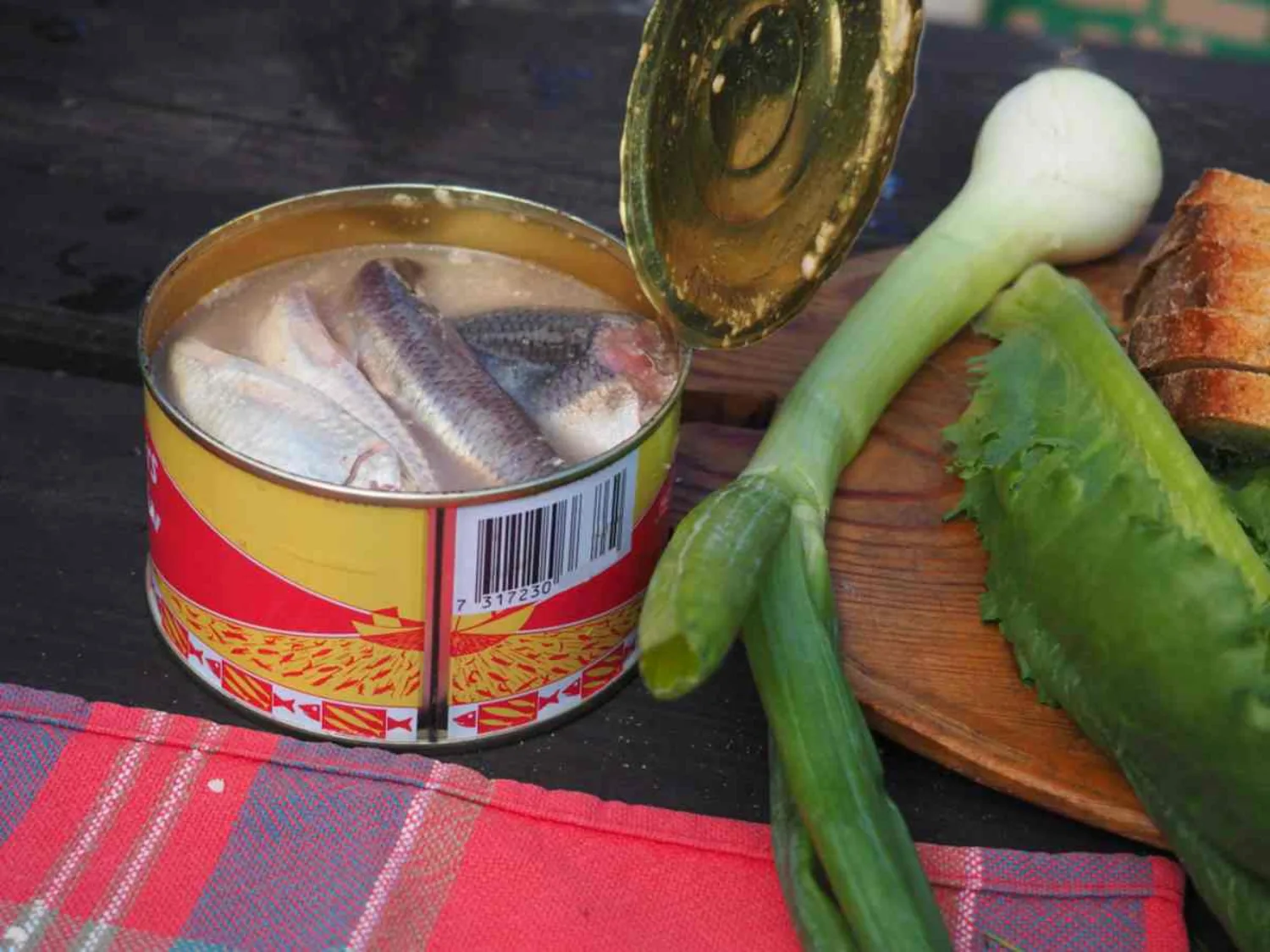
Surströmming
Fermented Baltic Sea herring considered a delicacy in Northern Sweden.
Ingredients
- •Baltic herring
- •Salt
- •Tunnbröd (flatbread)
- •Potatoes
- •Onions
- •Sour cream
- •Dill
Instructions
Open Can
Open can underwater to contain the smell
Prepare Components
Slice bread, boil potatoes, chop onions
Assemble
Layer ingredients on flatbread
Serve
Roll up and enjoy outdoors
Surströmming is perhaps one of Sweden's most notorious culinary traditions - fermented Baltic Sea herring that has such a potent aroma it's often recommended to be opened outdoors. This unique delicacy, primarily consumed in northern Sweden, is the result of a fermentation process that begins with fresh spring-caught herring preserved through a carefully controlled lactic acid fermentation.
The tradition of fermenting herring dates back to the 16th century when Swedish sailors discovered that the fermentation process could preserve fish for long periods. What started as a preservation method eventually became a cherished, albeit controversial, cultural dish. The fermentation typically takes 6-12 months, during which time the fish develops its characteristic strong smell and unique flavor profile.
Preparing surströmming is more about the ritual and accompaniments than the fermented fish itself. The can should be opened underwater to contain the powerful smell. The fish is traditionally served on tunnbröd (Swedish flatbread) with almond-shaped potatoes, diced onions, and sour cream. Some people add diced tomatoes or dill for extra flavor. The key is to create a balanced bite where the strong fish flavor is complemented by the other ingredients.
While the traditional serving method remains popular, some modern Swedes experiment with different accompaniments. Some prefer to add chopped apple for sweetness, while others might include crème fraîche instead of sour cream. However, the basic components of bread, potatoes, and onions remain constant in most variations.
In Sweden, surströmming is typically eaten at the end of summer, with dedicated surströmmingsskiva (surströmming parties) being a social tradition. These gatherings are almost always held outdoors, often with plenty of snaps (Swedish aquavit) to accompany the meal. It's considered a social experience as much as a culinary one, with first-time tasters often becoming part of memorable stories.
From a nutritional standpoint, surströmming is actually quite healthy. It's rich in protein and omega-3 fatty acids, while being relatively low in calories. A typical serving contains about 100-150 calories. However, due to the fermentation process, it's quite high in sodium, so those watching their salt intake should consume it in moderation. The fish is naturally gluten-free, though the traditional accompaniment of tunnbröd contains gluten. For first-time tasters, it's recommended to start with small portions as the strong flavor and fermented nature can be overwhelming.
